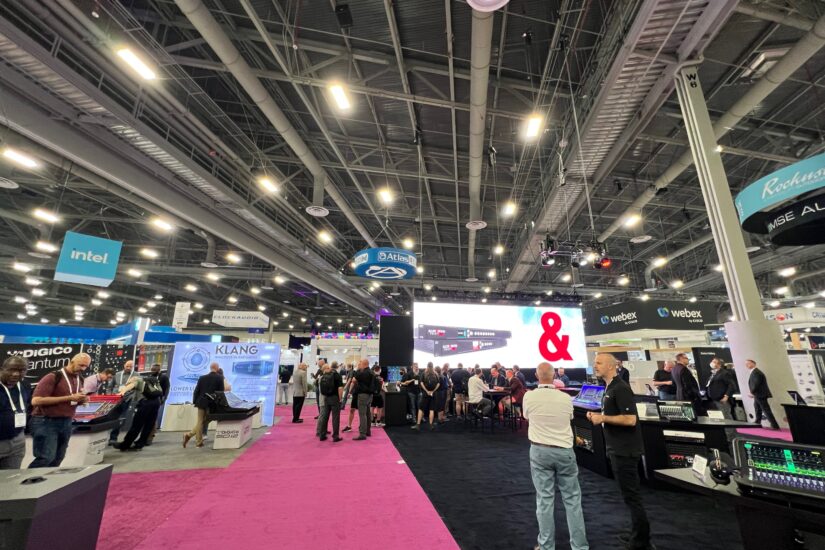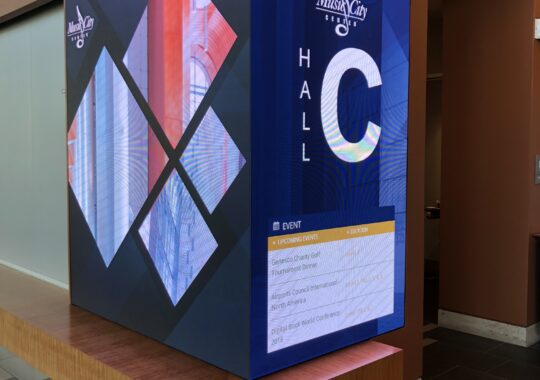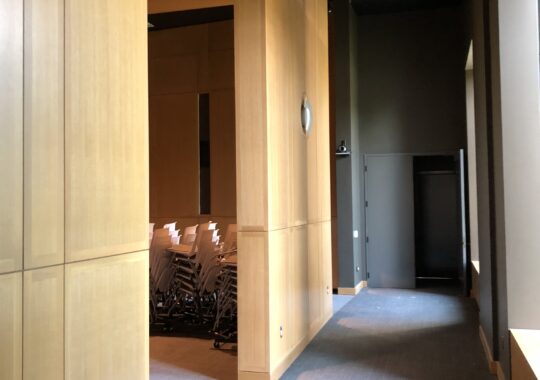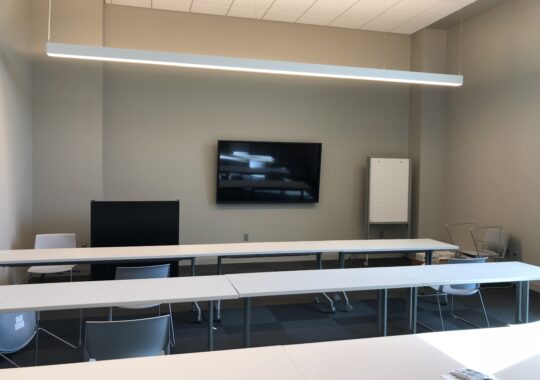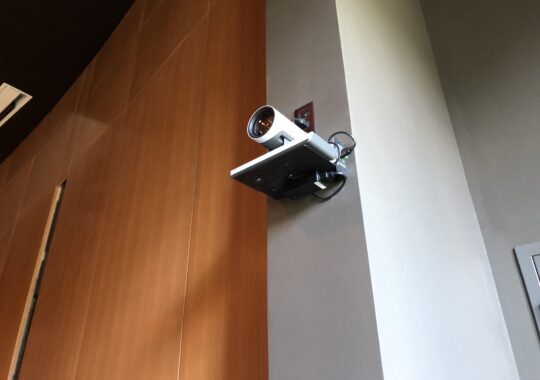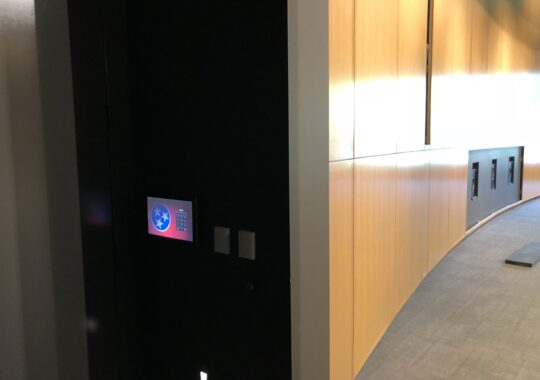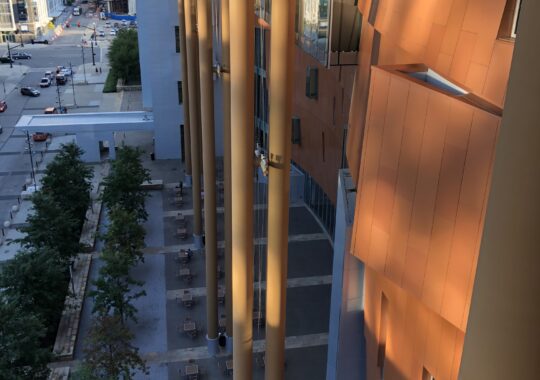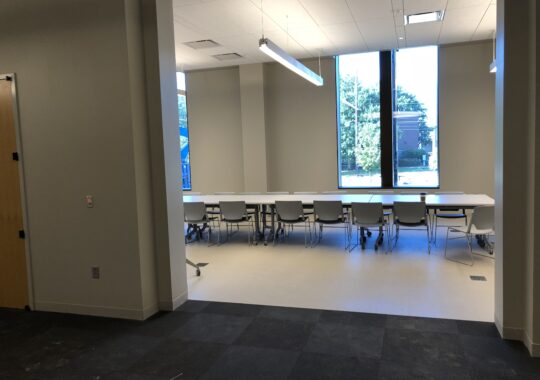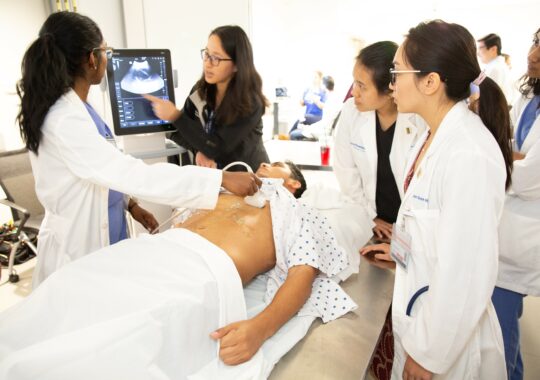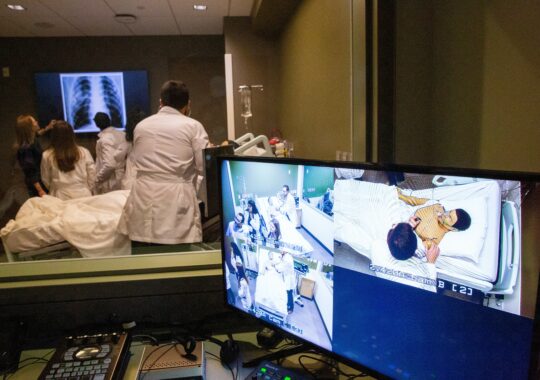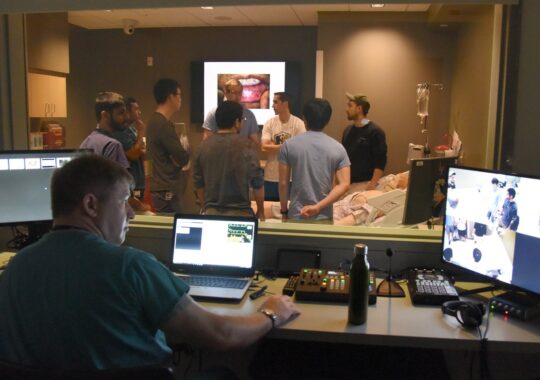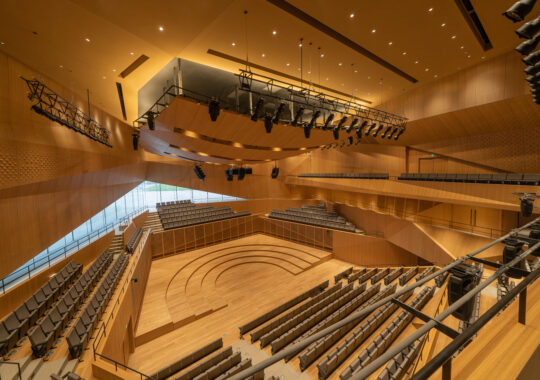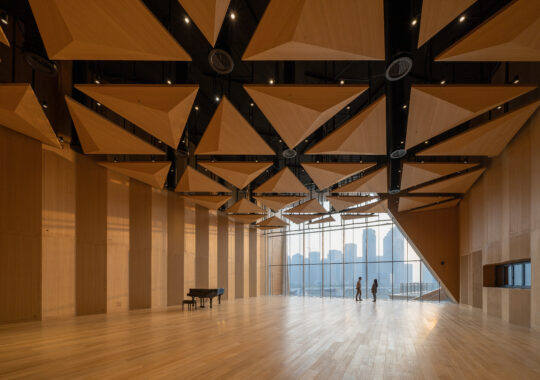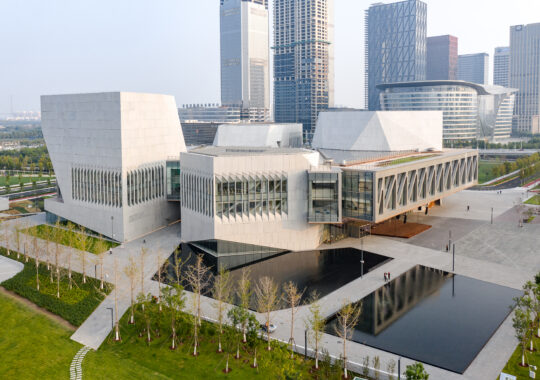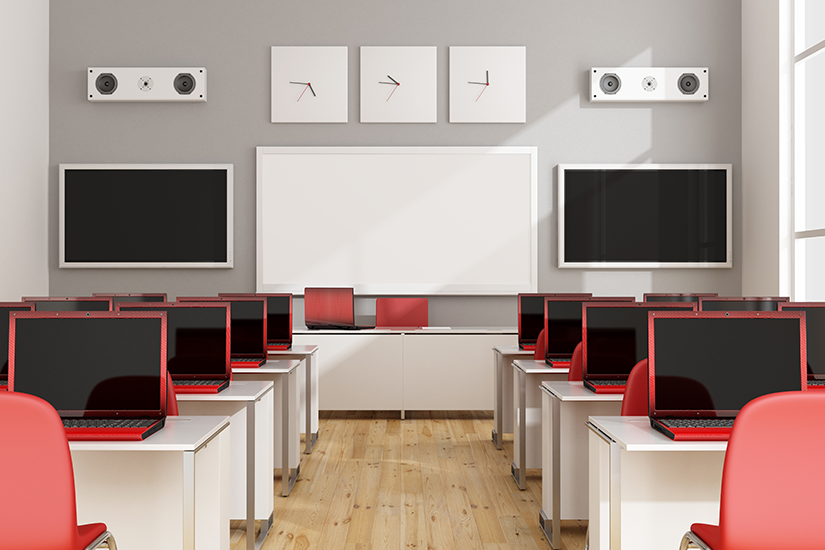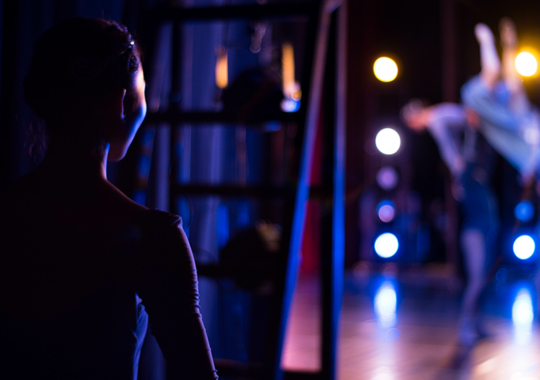This year we saw a step towards the robust InfoComm of year’s past. The show saw a higher attendance from manufacturers and attendees than the October show, and it was great to see exhibitors, classes, and networking opportunities coming back to full force. Unsurprisingly, the big buzzword this year was “hybrid.” While Infocomm did showcase plenty of developments in other areas, this year’s show saw many manufacturers showcasing new product developments geared toward hybrid working and learning environments. With changes to how we work, learn, and interact, many are searching for ways to increase the immersion level of remote collaboration. Previously, technology was only capable of creating decent remote experiences but were lacking when it came to creating a true hybrid solution. True hybrid aims to create more immersion for the remote participants, so they are not stuck viewing a single camera with little to no interaction with those physically in the room.
This article won’t be able to touch on every noteworthy thing shown at Infocomm but instead will focus on some highlights of this overall theme while using some manufacturers as examples to illustrate the point. This is in no way intended to promote or exclude any manufacturers or products.
LED Technology:
- > Packaged solutions from LED manufacturers such as Primeview, Samsung, Unilumen, and Barco were more prevalent than in years past. These packaged solutions come complete with all LED hardware, mounting, and peripherals to allow integration into web conferencing services such as Teams or Zoom.
- > The cost of LED solutions is becoming more competitive with LCD or projection technologies. Although still at a cost premium, manufacturers are now taking advantage of new features and incentives by partnering with other manufacturers to create entire experience packages for customers. This makes these solutions easier for customers to visualize the end result and creates cost-effective solutions that minimize design and integration costs.
Microphones:
- > Key highlights also include advancements in microphone array technology from companies like Sennheiser and Shure. Both have taken strides to improve on their products by offering better noise reduction AI, better lobe/zone control, and quality results in spaces with higher ceilings. This allows the microphones to better assist hybrid learning and tracking systems.
- > Having more control over the zones, can reduce background noise and better isolate active speakers so the far-end participants can better understand everyone in the room. This increased isolation also provides a better signal to use with camera tracking and preset triggers, creating a more intelligent and automated hybrid system.
Hybrid Working/Learning:
- > An abundance of hybrid collaboration software solutions were on display this year. This is software that can run on a touch-integrated display and manage microphones, cameras, and speakers. The various software solutions can then seamlessly integrate into most big-name web conferencing platforms. Like the LED packages, these all-in-one solutions are valuable because they help create products that are easily accessible, yet scalable in design.
- > Zoom announced its infinite whiteboard feature and other upcoming features like advanced layouts, which will allow flexible arrangement of participant windows. This is great in applications where the remote session is happening in a classroom or conference room, and the far-end faces need to be placed in a better arrangement than the traditional grid mode.
- > Logitech unveiled new conference room with all-in-one sound bars, and a special camera designed to pick up whiteboard surfaces. The camera sits just above the whiteboard and provides better image capture than placing a camera in the back of the room and trying to zoom in on the whiteboard.
- > Other manufacturers like Panasonic, Sony, and Canon showed new camera technology with better tracking and detection features to automatically adjust cameras based on what is happening in the room. This goes a long way in showing remote meeting participants a well-rounded view of the room and is a great step in the right direction to creating more immersive hybrid spaces.
- > Mersive also announced a new feature to the Solstice Pod that allows the device act as a Zoom or Teams room appliance, but still allowing a user to switch over to the traditional Mersive application. The switching is all done internally, and no additional PCs, switchers, or control processors are needed. This is great for facilities that primarily rely on Zoom or Teams rooms but still want to offer the flexibility of other platforms and the advanced collaboration features of the Solstice device.
The products at InfoComm this year bring great hope that the industry is heading the right direction – towards a truly immersive hybrid experience. The pieces are starting to fall into place and by combining these various technologies, it’s clear that there are now inventive solutions available for design and implementation of true hybrid learning/collaboration experiences.
